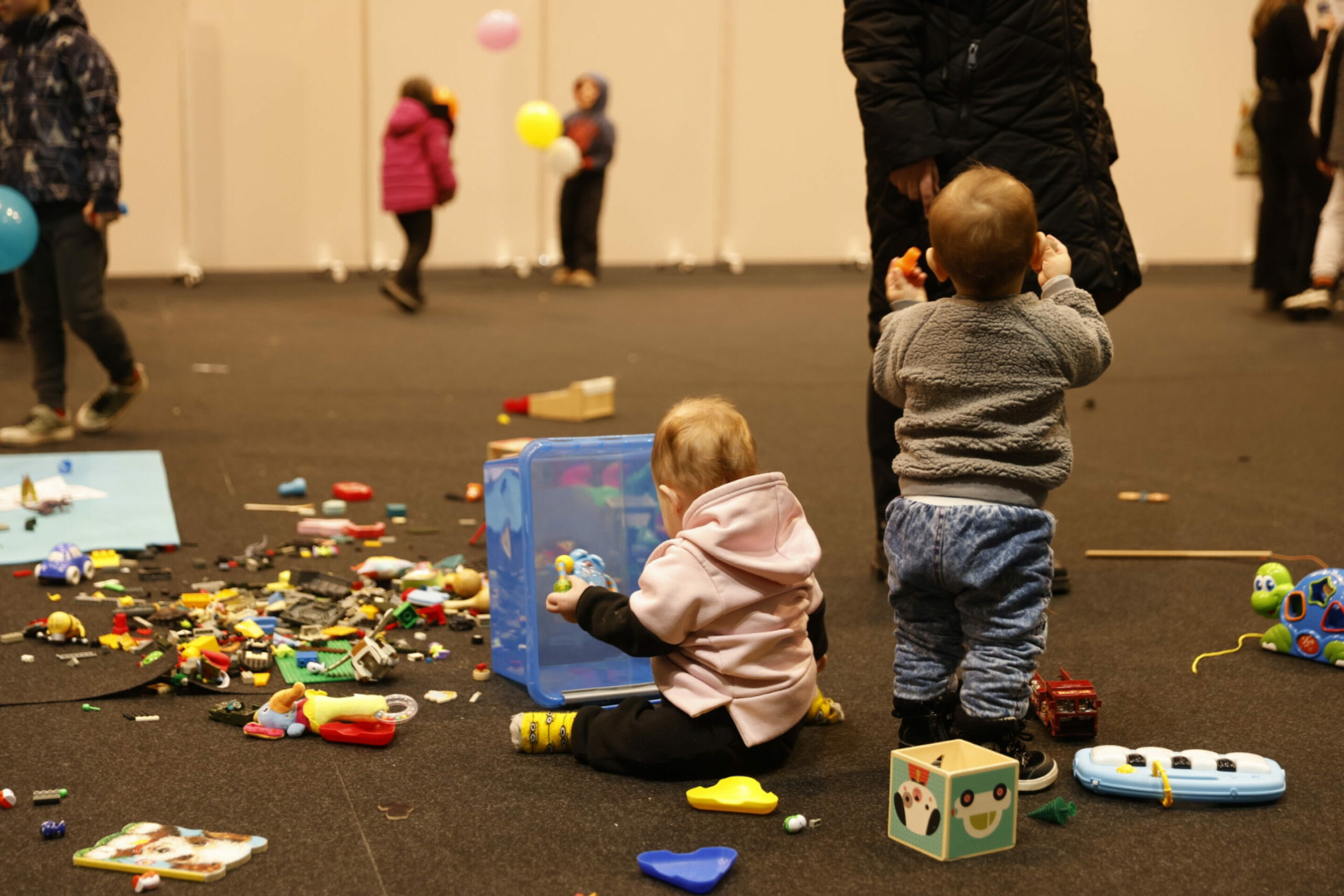As Christmas draws nearer, the Belgian Economy Ministry has reminded parents to make sure the toys they buy for their children are safe.
For many children in Belgium, the gift-receiving season starts as early as 6 December, when Sinterklaas brings the first presents.
Many toys sold on the shelves or online come from abroad. China is the biggest supplier of toys to the EU, making up 80% of imports. While importers face product requirements and customs regulations to ensure toys are up to Belgian standards, many non-compliant toys still slip through the net.
The Economy Ministry has therefore given parents a range of guidelines to follow when buying new toys this Christmas.
Is there a CE mark?
"Parents should always look for a CE mark when buying toys," the ministry noted. These are standardised EU guidelines for toys which indicate that the article meets the essential safety requirements. This label should be visibly, legibly and indelibly affixed to the toy or its packaging.
Does the toy suit your child's age?
Toys should also be chosen carefully and adapted to the child's age and abilities. Parents should pay particular attention to the age recommendation (particularly the pictogram prohibiting toy use for children aged 0 to 3), and read the instructions for use to inform themselves about possible dangers.
Is the toy intended for children under three?
Toys intended for children under the age of three cannot contain small particles that they can swallow. "Suffocation is the most common cause of death with toys," the ministry noted. The toy must not break, have sharp edges, small parts (such as eyes, wheels, buttons) or long chains, ropes or cords.

Credit: Belga / James Arthur Gekiere
How loud is the noisy toy?
Children love toys that make noise, but their hearing can be damaged by excessive decibels. The noise level of toys is limited by regulations. Sounds as low as 100 decibels can cause hearing loss. Holding a toy by your ear is a simple way to check whether it makes too much noise.
Does the toy have a strong smell?
"Strong odours from certain toys can be caused by volatile chemicals," the ministry warned. However, just because a toy has an odour does not mean it is unsafe. "Regulations restrict or prohibit the presence of certain chemicals," the ministry said.
In some cases, such as with floor puzzles, manufacturers use chemical substances to cover up the bad smell. These substances evaporate over time, which is why parents are advised to air such toys before use.
Does the toy contain batteries?
Parents should check that batteries are in a sealed compartment so they are out of reach for children.
Where are you buying your toys?
Parents should only buy toys from reputable stores and online shops. It is best not to buy counterfeit toys as they can be dangerous. "If you buy second-hand toys, always carefully check their condition, especially when you buy stuffed animals."
Does the manufacturer mention an address on the product?
When buying a toy, it is also worth checking the address of the manufacturer and/or importer. By law, this must appear on the toy or its packaging, or in a document accompanying the toy. "A website is not considered to be a contact address."
Related News
- Belgian toy chain ToyChamp buys Dutch chain Intertoys
- 'Enormous quantities' of counterfeit household products seized in Brussels
Have you read the instructions and user manual?
Parents should always read the instructions to make sure the toy is suitable for the child's age.
Certain toys have warnings specifying the designated use restrictions. This includes a minimum or maximum age, a minimum or maximum weight, and the need to ensure that the toy is used under the supervision of an adult.
Warning labels on packaging must always be clearly visible, easy to understand, written in the language(s) of the country where it is sold (French and Dutch in Belgium), accurate, and preceded by the word 'Warning'.
"Not all toys are suitable for every child," the ministry warned. "Read the safety recommendations and take them seriously. For example, the use of roller skates, bicycles and scooters for children requires wearing protective equipment such as helmets. These toys should not be used on public roads because of the risk of traffic accidents."

